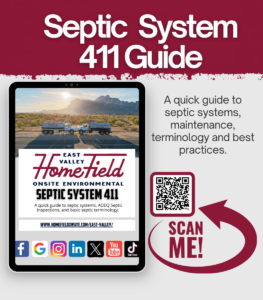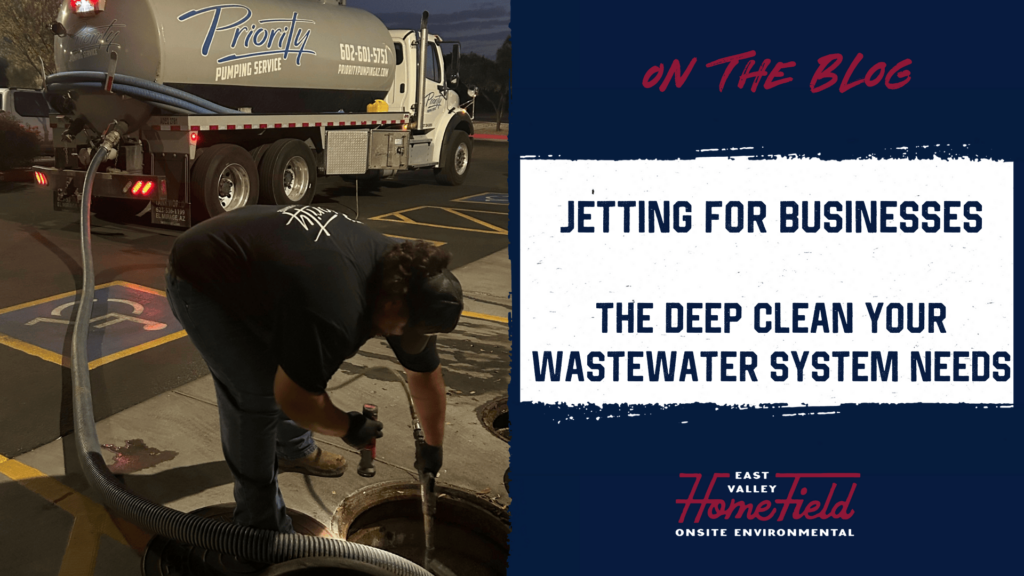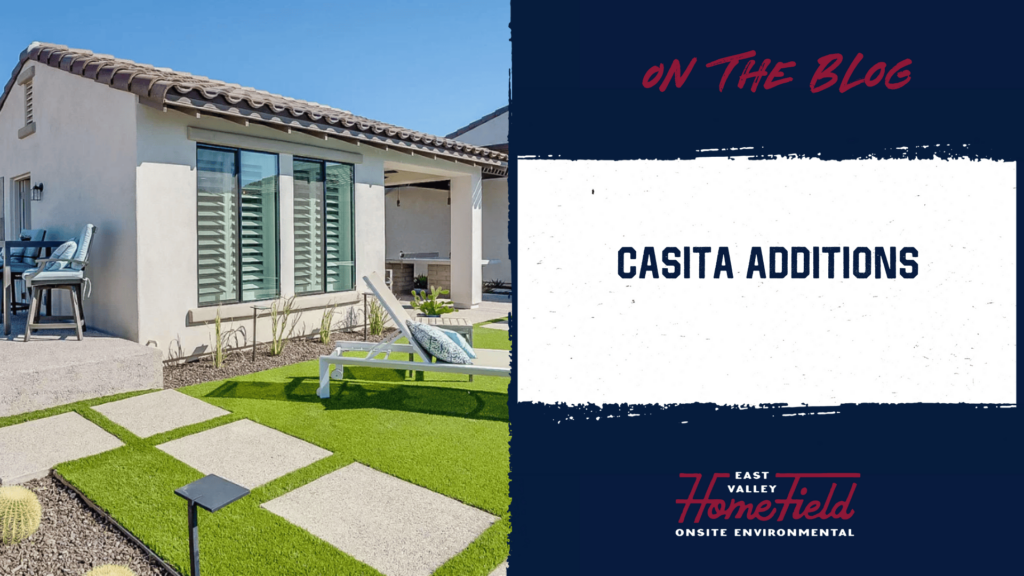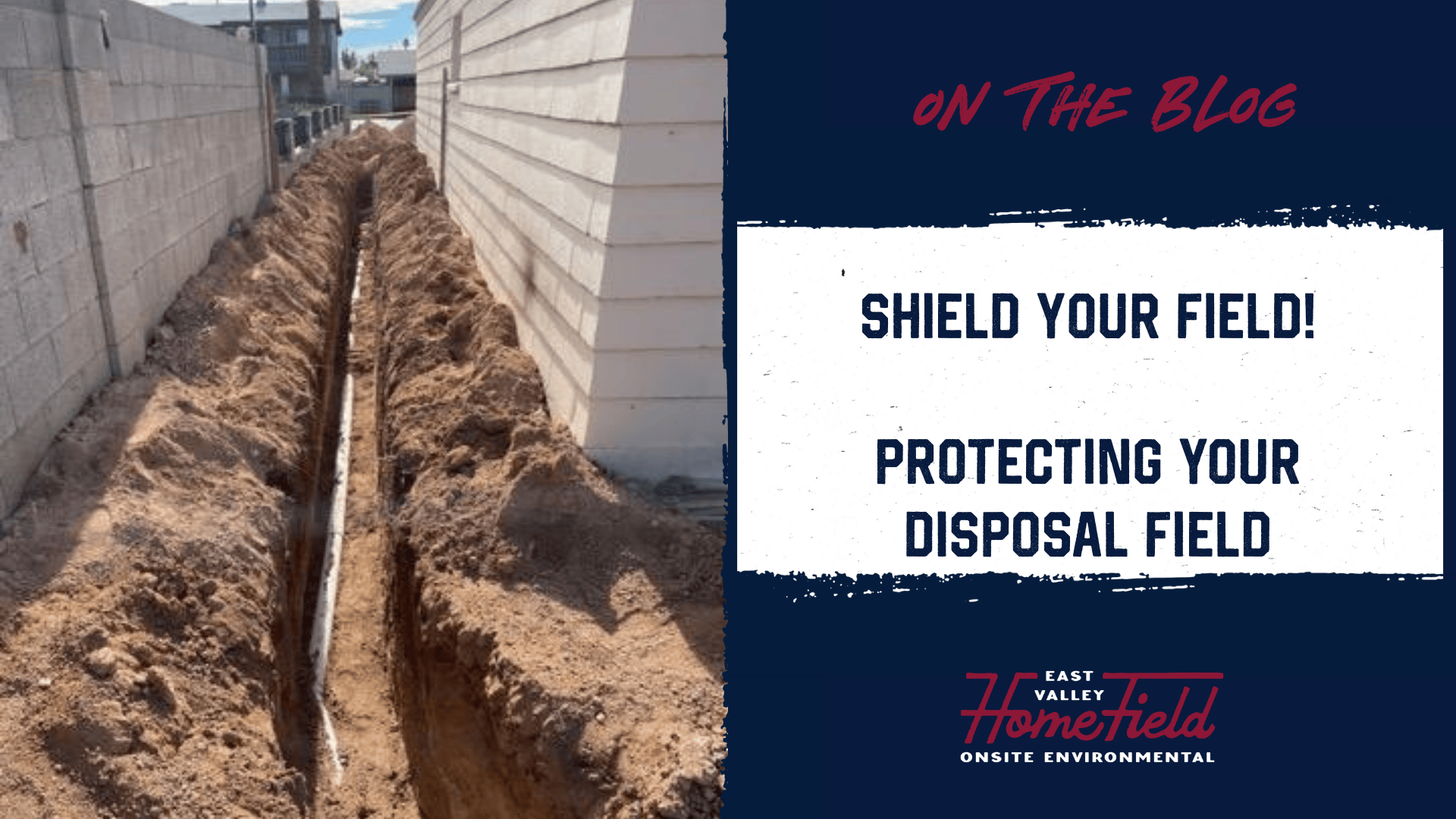
Shield Your Disposal Field
August 29, 2025
Your septic system quietly handles all the wastewater leaving your home, and one of its most critical components is the disposal field—also called the drainfield. This area is where treated water is released back into the soil. If the disposal field is damaged or compacted, the whole system suffers. We’re shining a spotlight on this during #SepticSmartWeek
1. Be Mindful of Trees and Plants
Tree roots naturally seek moisture, and your drain field is a tempting target. Over time, roots can invade and wrap around pipes, crack the system, and cause major clogs. Even smaller shrubs can pose a problem if planted too close. Before landscaping, research the root habits of the plants you’re considering. As a general rule, keep anything with an aggressive root system at least 10 to 25 feet away from the disposal area. When in doubt, choose native grasses or shallow-rooted ground covers that won’t disrupt the system.
2. Don’t Drive or Park Over the Disposal Field
Your drain field needs light, uncompacted soil to properly absorb and filter wastewater. Parking cars, trailers, or heavy equipment over this area can crush the pipes and compact the soil to the point where it no longer drains. This leads to slow toilets, pooling water, or even full system backups. Mark the boundaries of your field clearly, and make sure visitors and service providers know to avoid driving over it, even just once. You may not notice the damage right away, but it can become costly over time.
3. Plan Before You Build
HomeField often troubleshoots systems damaged during backyard renovations. Whether you’re installing a pool, laying pavers, or building a shed, it’s essential to know where your septic system components are located. Structures add weight and limit oxygen exchange in the soil, which your disposal field needs to treat wastewater properly. Always review your septic site plan before breaking ground, and if you’re unsure, we can help locate and mark the system for you.
4. Choose the Right Ground Cover
What you plant, or place on top of your drain field has a direct effect on how well it works. The best option is natural grass, which helps reduce erosion and supports moisture evaporation. Avoid using plastic sheeting, impermeable landscaping fabrics, or large decorative rocks that can trap moisture or compress the soil. While lawn décor is fine in moderation, skip anything that adds weight or prevents air and water from moving through the soil surface.
Why Your Disposal Field Matters
A healthy disposal field means a healthy septic system. If this area becomes compromised, your entire system risks failure, and repairs are never cheap or quick. With a few smart precautions, you can avoid major problems and help your septic system last for decades.
At HomeField Onsite Environmental, we help Arizona property owners protect what’s underground by paying attention to what’s above it. If you’re unsure about where your field is or what’s safe to build or plant nearby, reach out. We’re happy to take a look and give you straightforward answers.
Heidi
Heidi is the marketing and business development powerhouse at HomeField Onsite Environmental. She’s all about bringing the onsite wastewater world to life with knowledge, humor, and straight-up valuable insights—helping customers make the best decisions for their systems!
Sign Up For Our Newsletter
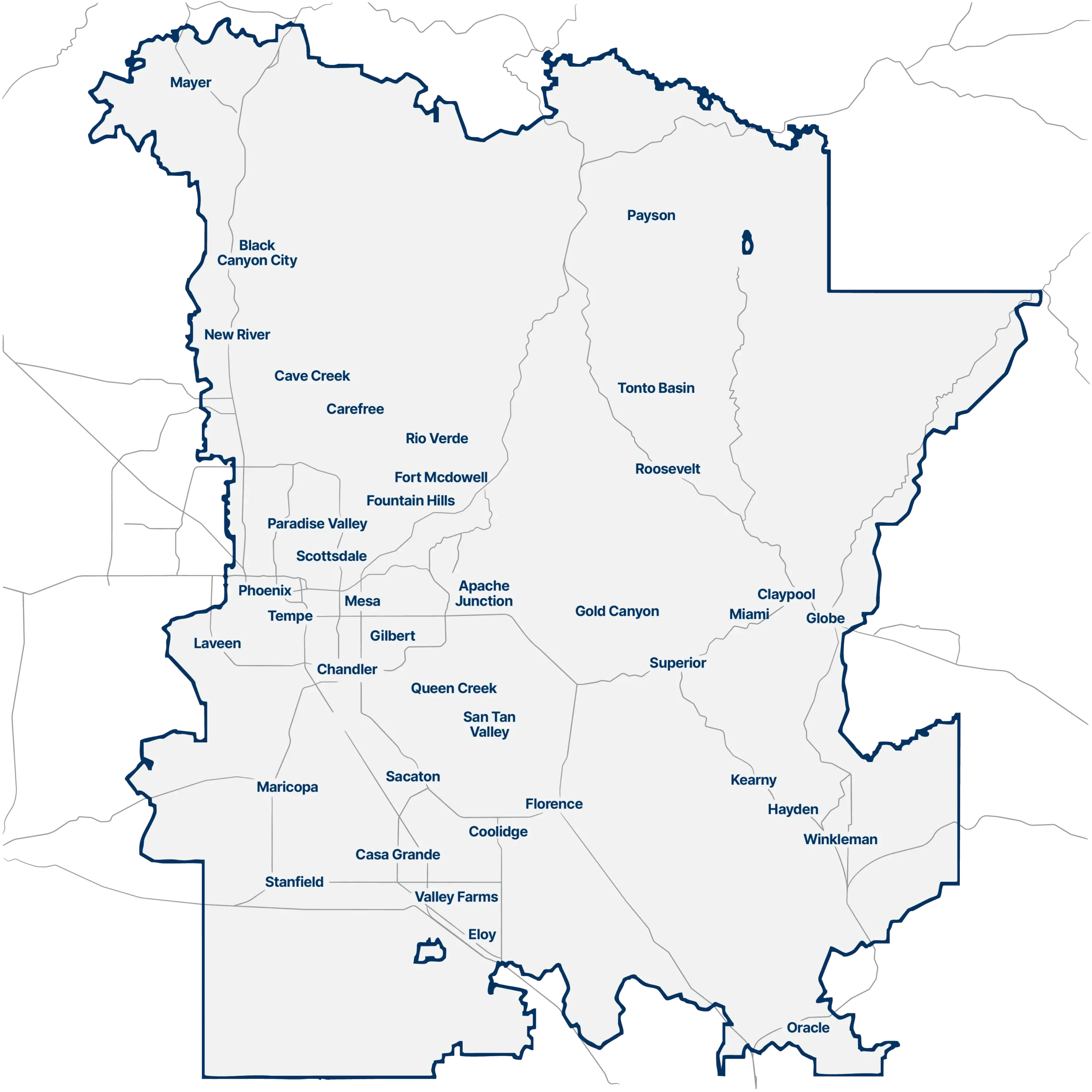
OUR SERVICE AREA
WE LOVE THE EAST VALLEY
We make the East Valley our home base, and proudly serve the cities and areas on this side of town, including:
